Having penned more than twenty Star Trek novels and a dozen Star Trek novellas and short stories since 2001, in addition to having co-written two episodes of Star Trek: Deep Space Nine and a four-issue Star Trek comic-book miniseries, it is safe to call New York Times bestselling author David Mack a Star Trek writing veteran. His books have been hailed as some of the best that Trek fiction has to offer. Known for crafting epic, sweeping tales, David Mack has forever raised the bar for the quality of Star Trek stories.
TrekCore’s literature editor Dan Gunther recently caught up with Mack to discuss his current and upcoming projects for Star Trek and beyond.

TrekCore: What are some of your earliest experiences with Star Trek?
David Mack: Like many fans my age, I grew up watching the original Star Trek series as syndicated reruns during the 1970s. By the time the first movie premiered in theaters, I was a confirmed Star Trek fan. After seeing Star Trek: The Motion Picture, I got the poster of the refit Enterprise, the one with the cutaway view showing the ship’s interior. That poster enjoyed a place of honor in my childhood bedroom for many years.

When Trek returned to television in 1987 as Star Trek: The Next Generation, I was starting my freshman year as a film-and-television major at NYU’s Tisch School of the Arts. Because I had little time to spare for watching television, my parents taped all the episodes of TNG for me, and I binge-watched them when I came home for holidays and between semesters.
Just before I started my second year of college, TNG announced its “open door” policy for script submissions. Anyone who wanted to could write and submit (with an appropriate release waiver) an original full teleplay for a TNG episode, and someone at the show would read it (eventually). I penned my first TNG spec teleplay that summer. It was the first of many I wrote, submitted, and saw rejected.
I never broke out of the slush pile at TNG, but when I learned the policy would be continued at Star Trek: Deep Space Nine, I soldiered on … and collected more rejections. Only in 1995, after I teamed up with John J. Ordover, who at that time was one of the editors of the Star Trek books for Simon & Schuster, did I get a chance to pitch to the shows’ producers.
In just a couple of months, John and I made three sales—one to Star Trek Voyager, followed by two to DS9. Despite many more pitch sessions, we never got that lucky again. Rather than let my knowledge of Star Trek go to waste, I shifted my focus—first to the interactive Star Trek CD-ROMs being produced at Simon & Schuster Interactive; then to the comic books that were being published by WildStorm; and, finally, to the Star Trek book line.
TrekCore: Before writing Star Trek novels and short stories, you contributed to two Star Trek: Deep Space Nine episodes, co-writing “Starship Down” and providing a story treatment for “It’s Only a Paper Moon.” What was it like to write for DS9, and how did that experience differ from writing novels?
David Mack: It’s been eighteen years since I sat in the writers’ room at DS9 and participated in the break session for “Starship Down.” (A break session is when the simple prose story is broken down, in classic outline format, into acts and their constituent scenes.) I still look back on that experience as one of the highlights of my writing career.
To be in the room with such amazingly talented writers as Ira Steven Behr, Hans Beimler, Robert Hewitt Wolfe, Bradley Thompson, David Weddle, Rene Echevarria, and Ronald D. Moore, was truly mind-blowing. There was so much creative energy in that room that I found it intoxicating. It’s hard to describe how impressive it is to take part in a creative brainstorming session with minds of that caliber. If I have any professional regrets in my life, it’s that I never impressed them enough to get a shot at joining that writing staff. To this day, I’d be willing to fetch coffee for Ron Moore in return for a chance to intern as his writers’ room assistant, on any show.
Of course, the only reason John and I got to be in that room at all is that Jeri Taylor, then the executive producer of Voyager, liked the DS9 spec script we sent to her when she bought our pitch for a Voyager episode called “Sickbay” (which, for reasons unrelated to us or the story itself, was never developed into a full teleplay or produced). When she heard that we’d also sold a pitch to DS9, she forwarded our spec script to Ira Steven Behr, the DS9 showrunner, with a note suggesting he consider giving us a script assignment. He agreed.
John and I left that break session with the staff-approved outline for our teleplay and a two-week deadline. We went home to New York City, wrote our teleplay, and sent it to Hans Beimler. His reply upon receiving it was devastating: “Oh, good, the script is here. Now the writing can begin.” Though John and I are the only writers credited on the episode, the entire staff worked on that script, and most of the rewrites were coordinated by Rene Echevarria. Our best guess is that, of all the dialogue we wrote, only ten words survived into the finished episode:
SISKO: How long, Chief?
O’BRIEN: Twenty minutes.
SISKO: You’ve got ten.
O’BRIEN: Aye, sir.
What John and I learned the hard way was that writing for television is a highly collaborative process, one in which an individual writer cannot afford to become possessive or protective of his or her words. A writers’ room is a crucible where, if everything works as intended, bad ideas are burned away and only the best ideas and words remain, and those who feed the fire are expected to do so without ego or pity.
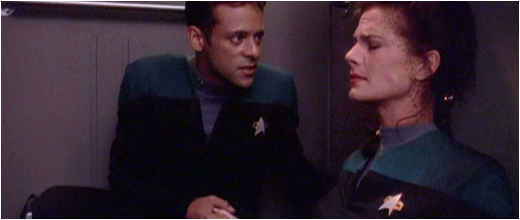 Mack and John Ordover sold the story for “Starship Down,” part of DS9’s fourth season.
Mack and John Ordover sold the story for “Starship Down,” part of DS9’s fourth season.
It’s a harsh way to work as a writer, but it comes with a very tangible reward for those who can excel at it: enormous paychecks.
That makes it the antithesis of writing novels. Novelists, even those crafting works-for-hire such as Star Trek novels, have a tremendous degree of control over the final product. It’s rare that an editor will tamper with an author’s prose in any substantial way; in most cases authors oversee their books’ editing and production processes, at least with regard to the manuscripts’ contents. Consequently, when one writes a novel, one’s voice tends to come through quite clearly, and with almost no interference.
The catch is that novelists, on average, get paid much less than television writers.
To put it in perspective, it takes most TV writers two weeks or less to produce a 55-page draft teleplay (roughly 6,000 words), for which the Writers Guild of America minimum payment (assuming the show pays network prime-time rates, and the writer penned both the story treatment and the teleplay and has sole writing credit) is $35,568. A staff-writing job on a prime-time dramatic television series usually comes with a low-six-figure salary.
Most Star Trek novelists spend as long as two or three months writing a novel that runs a few hundred pages (approximately 80,000 words), and get paid significantly less than half what a freelance TV writer gets for writing one episode. Having done both kinds of work, I can say that each has its unique challenges, and a different skill set is required in order to do each well. Not many writers have the training and expertise to be proficient in both mediums. For that matter, many excellent novelists aren’t as good at scripting comic books—which, despite its similarities to screenwriting, is a format with unique challenges all its own.
Personally, I prefer the artistic control that comes with writing novels; I just wish it paid more like television writing.
TrekCore: Your next novel, A Ceremony of Losses, comes out October 29, 2013. You’re certainly no stranger to collaborative writing projects. Was writing with your fellow The Fall writers a similar experience to working with Dayton Ward and Kevin Dilmore on the Vanguard saga? In what ways was it different?
David Mack: The collaboration method on The Fall miniseries was not at all similar to the process on Star Trek Vanguard.
The Fall was a tightly coordinated project, one planned and executed so that all five volumes are released in successive months, creating a “publishing event.” It originated with an e-mail from editor Margaret Clark, who recruited all five authors—David R. George III, Una McCormack, myself, James Swallow, and Dayton Ward—at the same time.
The core story of The Fall was brainstormed in a conference call. We discussed a number of different story ideas, ranging from the epic to the surreal. Margaret wanted something that would enable us to include most of the 24th-century, post-Destiny, post-Cold Equations series and crews, including Enterprise–E, Titan, Aventine, and the new Deep Space 9. By the end of that conference call, we had settled upon the core narrative for the miniseries, and we tentatively decided which authors would handle which ships and crews.
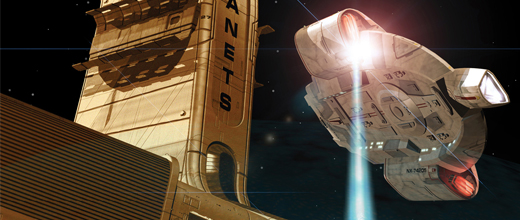 ‘A Ceremony of Losses’ is the third entry in ‘The Fall’ miniseries.
‘A Ceremony of Losses’ is the third entry in ‘The Fall’ miniseries.
In the weeks that followed, each author drafted his or her respective outline, and Margaret coordinated the character arcs and plotlines. We also had direct contact with one another, and as we started working on our manuscripts, I assembled a day-by-day timeline of The Fall in a spreadsheet, color-coded by book, to help us all make sure that we referenced the passage of time accurately, and to help us determine when events occurred relative to one another. The other authors added to or amended that timeline as we locked down dates and details.
By contrast, Vanguard evolved much more organically, over a span of seven years, with most of the creative input coming from myself on one side, and Dayton Ward and Kevin Dilmore on the other. There was a general plan for the saga’s plot in the series bible I wrote with editor Marco Palmieri, but we’d burned through its six-step story arc by the end of book three, Reap the Whirlwind. From that point on, Dayton, Kevin, and I were charting a new course through unknown waters, with only the characters and the continuity of the original series to guide us. Consequently, Vanguard had a lot more room for improvisation, invention, and tangential diversion than The Fall did.
I think the closest analog to the collaborative demands and challenges posed by The Fall were those I experienced near the start of my novel-writing career, when I penned A Time to Kill and A Time to Heal, volumes seven and eight of the nine-part Star Trek: The Next Generation miniseries A Time to…. That was a project with an ambitious, epic-scale story arc—a plan to chronicle the year in the life of the Enterprise–E crew immediately preceding the events of Star Trek Nemesis.
From the editorial side, the A Time to… miniseries entailed coordinating a master story arc across nine novels by five authors (for simplicity, I’m counting the writing duo of Dayton Ward and Kevin Dilmore as one “author”), while also keeping track of the individual arcs of four duologies and ensuring that none of these books contradicted one another’s details.
We who wrote the A Time to… books shared crew manifests so there would be a consistent “supporting cast” of engineers, security guards, and junior bridge personnel. We compared timelines and sent each other our draft manuscripts so we could stay apprised of what we all were doing. It was a huge undertaking, at times bordering on chaotic, but it was also hugely successful. Best of all, my second novel earned a spot on the USA Today bestseller list, which helped ensure I would be invited to write more Star Trek novels.
TrekCore: Can you give us any hints as to what we can expect in A Ceremony of Losses?
David Mack: I can’t tell you much beyond what’s already on the back cover of the book. Its focus is on the reproductive crisis plaguing the Andorian people, and the political intrigue that attends the search to find a cure for the degenerative genetic mutation that has afflicted the Andorians with a steadily declining birthrate, threatening their survival as a species.
As some readers might recall, in Dayton Ward’s Typhon Pact novel Paths of Disharmony, the Tholian Assembly revealed to the Andorians that, for more than a century, Starfleet and the United Federation of Planets have suppressed information from Operation Vanguard that might have helped lead to a cure for their fertility crisis. The uproar from this revelation led to the rise of the Treishya, a reactionary political party on Andor, and to a vote (by a narrow majority in a plebiscite election) to secede from the Federation.
Now it’s a few years later, and the Andorians seem no closer to finding a cure, even with the intelligence provided by the scheming Tholians. Everyone tries to manipulate the crisis for political gain. Meanwhile, Andor’s scientists, including Thirishar ch’Thane, are desperate. Unless the declining birthrate is reversed within a year, the Andorian people will hit a tipping point, one from which they might never recover.
In this fearful climate, Shar reaches out to his old friend, Doctor Julian Bashir, for help. There isn’t much Bashir can do without access to the restricted Operation Vanguard data. Though there is a way he might gain access to it, even the attempt would mean risking not just his career but his freedom if he’s caught by Starfleet—especially considering the belligerent foreign policy of the new president pro tem, who has decided to stand as a candidate for the presidency in the upcoming special election.
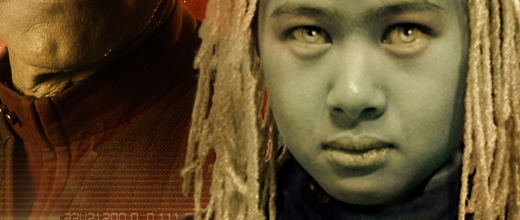 The ongoing Andorian population crisis is revisted in ‘A Ceremony of Losses.’
The ongoing Andorian population crisis is revisted in ‘A Ceremony of Losses.’
If Bashir somehow finds a cure, his life will be in danger if the Tholians or the Andorian reactionaries in power learn of it—because his mercy mission would threaten their control over Andor and its people. All Bashir wants is to do the right thing—and every major power between him and Andor is prepared to use deadly force to prevent him from doing anything at all.
TrekCore: You have always brought a certain gravitas to Star Trek. Many of your stories are huge in scope, such as the Destiny trilogy or your Mirror Universe stories. At the same time, you are very good at handing the smaller character moments that lend a verisimilitude to the stories you write. How do you go about finding the right balance between the sometimes huge, epic plots and the needs of the characters?
David Mack: It’s just something I do by instinct, to tell the truth. Much as I love the drama of tales in which people are swept up in the tide of grand events, I never forget that what makes those epic moments resonate for a reader is seeing them through the point of view of a character in whom they have an emotional investment. The horror of being on a blood-soaked battlefield will not carry as much impact filtered though the perspective of a character we don’t know as it would if depicted through the eyes of a character one has come to care about.
What it really comes down to for me is that I see war, disaster, and other epic calamities as catalysts for the exploration of character. Unlike movies, which can dole out spectacle for its own sake in a visual medium, I use action and tragedy to push characters to their limits, so that we can discover who they really are, what they really care about, and see how far they are willing to go to persevere or triumph when the odds are against them.
Another reason I focus on the personal moments nested within large-scale events is to help the reader empathize with the reality of the crisis. Many of my favorite moments to write when I was working on the Star Trek Destiny trilogy were those that found the pathos of ordinary people swept up in the horror of the invasion, such as Admiral Paris’s desperate effort to send a final message of apology to his son, Tom; or the frantic search of Elieth, youngest son of Tuvok, to find his wife in a crumbling cityscape on Deneva, so that they can be together when the end comes; or T’Lana’s final moments of regret followed by inner peace just before the blast wave from the Borg attack on Vulcan’s capital consumes her.
For action to matter, it has to happen to someone we care about, even if only for a moment. In simplest terms, spectacle without heart is empty. It’s up to me as a writer to care about the fates of my characters, and to take their sufferings and endings seriously. Because if I don’t think their fates are worth shedding tears over, why should my readers?
TrekCore: Earlier this year, you, Dayton Ward, and Kevin Dilmore announced the Star Trek: Seekers series, coming in August 2014. I understand that it is a follow-up to the Vanguard series, following the exploits of the Endeavour and the Sagittarius. What can you tell us about the series, and specifically, the first book, that you currently are writing?
David Mack: Well, we’re keeping the plot under wraps for the moment. The current plan is for the first two books to tell a two-part story that will serve as a re-introduction to the crews of the Archer-class scout ship Sagittarius and the Constitution-class cruiser Endeavour.
Although it is a sort of sequel to the Vanguard saga, it’s going to be very different in tone, structure, and style. We’re going to be focusing more on the “strange new worlds, and new life-forms” aspects of exploration in the Taurus Reach. Our aim is to get away from stories mired in politics, and also to slip the bonds of strict original series continuity. The series bible explains that we’re hoping to craft a series that will feel “retro” and optimistic, and hearken back to James Blish’s classic Star Trek anthologies of the 1970s.
Part of what inspired Dayton, Kevin, and I to pursue this “retro” style for Seekers was the cover art created by illustrator Rob Caswell. He actually dreamed up an alternate-universe “sequel” to Star Trek called The Seekers, and he concocted a series of mock covers in the old Bantam style, for make-believe anthologies of episodes “adapted by Fredric Brown.”
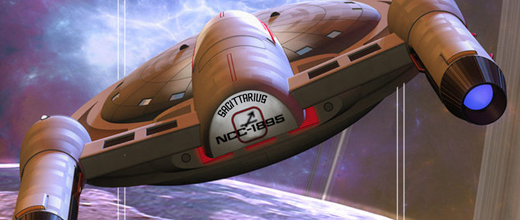
The ‘Seekers’ series returns to the Taurus Reach in the aftermath of ‘Vanguard.’
What snared our attention was that the ship Rob featured on those retro mock covers was based on the Archer-class starship design developed by Masao Okazaki for Vanguard. We stumbled across Rob’s work just after the last Vanguard book had been published, and we were casting about for an idea that the three of us would want to team up on—y’know, to “get the band back together.” Then we saw Rob’s covers and we knew what to do.
“This,” one of us said. “We need to do this. We gotta make this series happen.”
So we did.
TrekCore: According to your website, you have another book coming out at the end of next year, titled Section 31: Disavowed. Is there anything you can reveal to our readers at this early date? Perhaps a tease, at the very least?
David Mack: Nope, not a damn thing. I suspect my editors will be angry that I’ve even dared to let slip that such a book is in development, or what its working title is. All I can tell you is that the cover image on my website is just a placeholder, a promotional image I concocted to hold the space on my bibliography page. So, appropriately for a book about espionage, even the cover is a red herring. Let that sink in, and I’ll get back to you about this book next year, after it’s written.
TrekCore: In The Persistence of Memory, the first book of your Cold Equations trilogy, you accomplished something a lot of fans were clamoring for: the return of Data, at least in a sense. Is there a chance we may see him appear in another novel sometime soon?
David Mack: Yes, but not one of mine. I have it on good authority that a writer who understands Data quite well is working on a new novel that will chronicle what happens to Data and Lal after the events of Cold Equations, Book III: The Body Electric. However, because it’s not my book, I’m not going to tell you anything about it—not the title, not even the author… let the online Trek lit fans’ wild, unfounded speculations ensue!
TrekCore: Outside of Trek, what projects do you have on the go? Is there a possibility that we will see a follow-up to your excellent urban fantasy novel, The Calling?
David Mack: Not a direct sequel, no. I pitched a sequel to The Calling a few years ago, but Simon & Schuster wasn’t interested. Though I could write a sequel on spec and distribute it through Amazon, or through one of a number of small presses, I’m focusing right now on developing new projects that I think will have a better chance of finding a home at a major publisher and a receptive readership in fandom.
After I finish writing Seekers 1 and Section 31: Disavowed, I have a new original novel fully outlined and ready to go to manuscript, so that’s what I plan to work on starting in early spring of 2014. After I finish that, if I have time to spare before I need to begin working on my next Star Trek novel, I have a feature screenplay adaptation of The Calling that’s in need of a rewrite, and an original feature screenplay that I abandoned unfinished last year and should really make an effort to complete one of these days.
I’m also entertaining some invitations to contribute short stories to some anthologies in development, and I have a few side projects in various states of disarray to distract me.
TrekCore: Thank you very much for the opportunity to ask you a few questions about your work. We’re certainly looking forward to A Ceremony of Losses and Seekers!
David Mack: Thanks! I hope that fans enjoy them, and that Seekers finds enough of a readership to merit a long run of continued literary exploration into the unknown.
David Mack can be found on Twitter, Facebook, and at his official website.
Facebook users can also like his official author page.

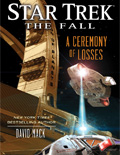 |
Pre-Order Star Trek The Fall: A Ceremony of Losses


 |
![]()
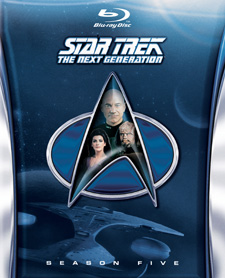 Set in the 24th century, the exploits of the U.S.S. Enterprise continue with STAR TREK: THE NEXT GENERATION – THE FIFTH SEASON. Featuring some of the most memorable episodes of the series, the season includes Paul Winfield’s guest appearance as Dathon and Ashley Judd’s debut performance in beloved episode, “Darmok.” The set also includes the jaw-dropping opening scene portraying the destruction of the Enterprise in “Cause and Effect,” and “The Inner Light,” the critically acclaimed episode that garnered the series its first Hugo Award for Best Dramatic Presentation.
Set in the 24th century, the exploits of the U.S.S. Enterprise continue with STAR TREK: THE NEXT GENERATION – THE FIFTH SEASON. Featuring some of the most memorable episodes of the series, the season includes Paul Winfield’s guest appearance as Dathon and Ashley Judd’s debut performance in beloved episode, “Darmok.” The set also includes the jaw-dropping opening scene portraying the destruction of the Enterprise in “Cause and Effect,” and “The Inner Light,” the critically acclaimed episode that garnered the series its first Hugo Award for Best Dramatic Presentation.![]()
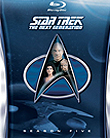
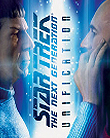

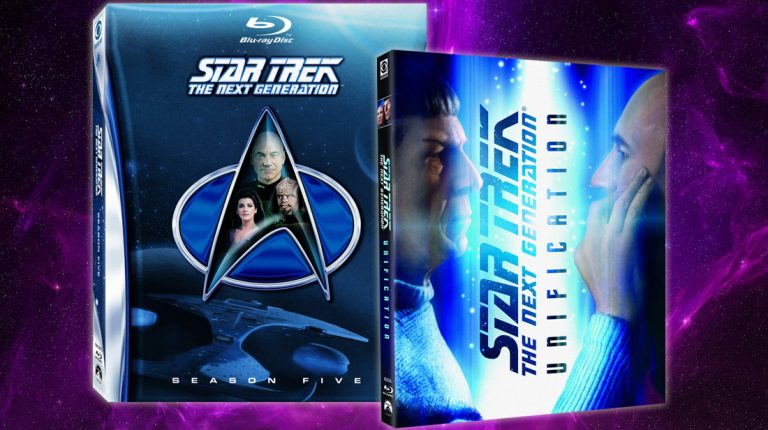
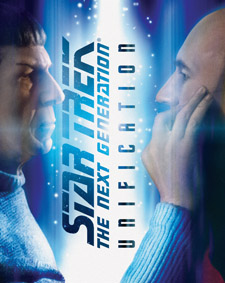
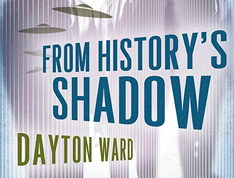
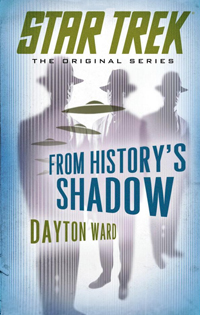
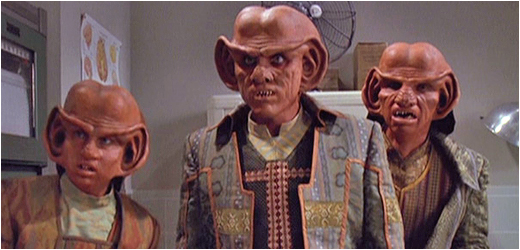 The Ferengi encounter from “Little Green Men” serves as the catalyst for the story.
The Ferengi encounter from “Little Green Men” serves as the catalyst for the story.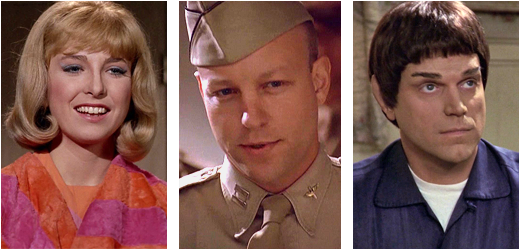
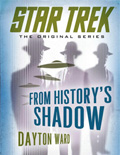


 Mack and John Ordover sold the story for “Starship Down,” part of DS9’s fourth season.
Mack and John Ordover sold the story for “Starship Down,” part of DS9’s fourth season.



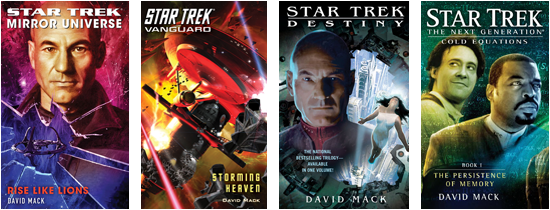
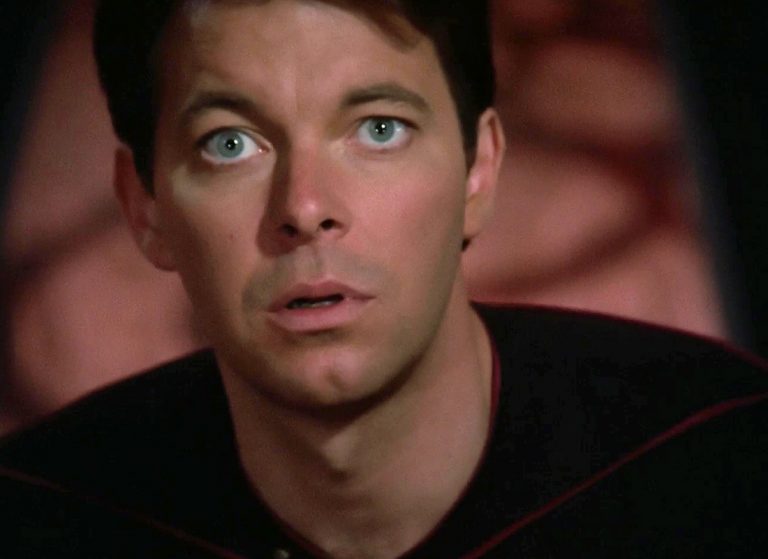
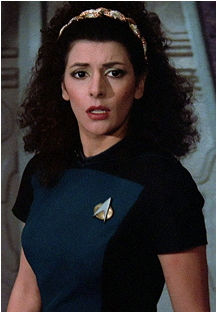 We’re going all the way back to the beginning for this entry in our
We’re going all the way back to the beginning for this entry in our 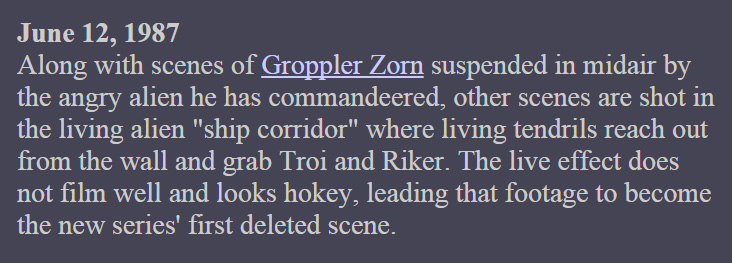

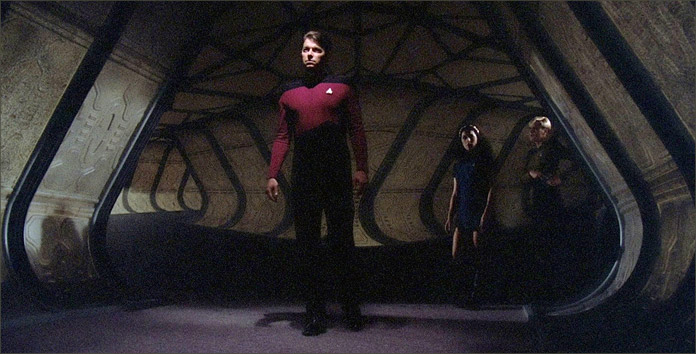
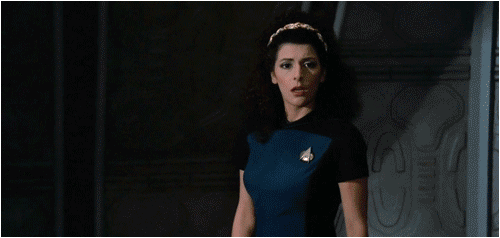
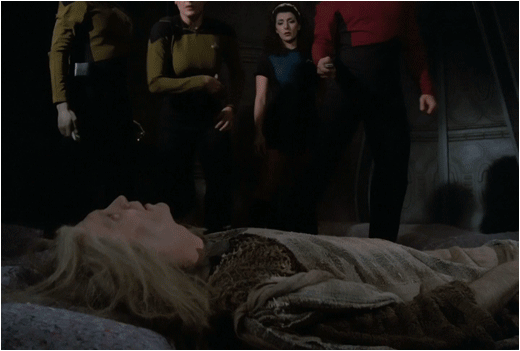
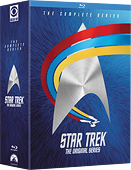 Order theStar Trek: TOSBlu-ray Collection!
Order theStar Trek: TOSBlu-ray Collection!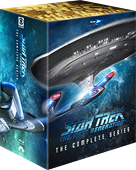 Order theStar Trek: TNGBlu-ray Collection!
Order theStar Trek: TNGBlu-ray Collection!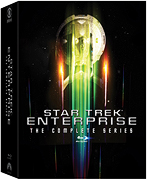 Order theStar Trek: Enterprise Blu-ray Collection!
Order theStar Trek: Enterprise Blu-ray Collection!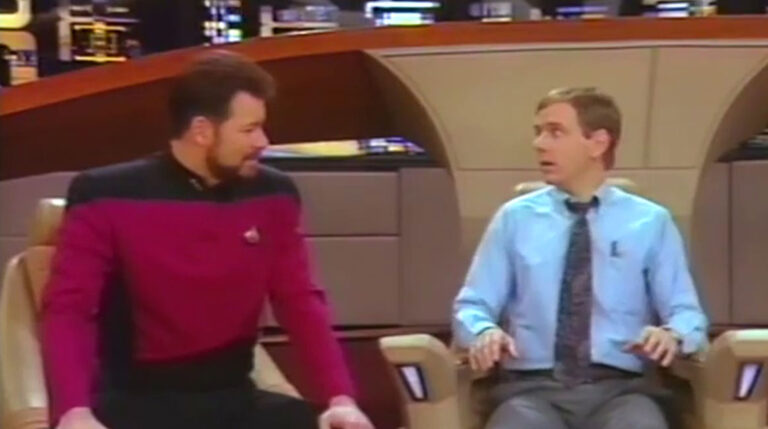
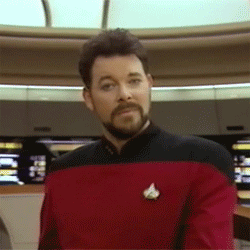 Several years ago, a video appeared on YouTube with this description: “This is a video of Riker trying to sell something; I’m not sure what exactly.”
Several years ago, a video appeared on YouTube with this description: “This is a video of Riker trying to sell something; I’m not sure what exactly.” 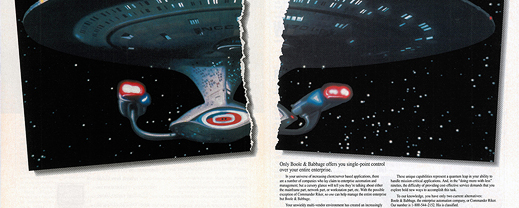
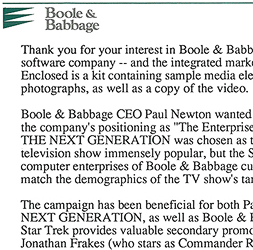
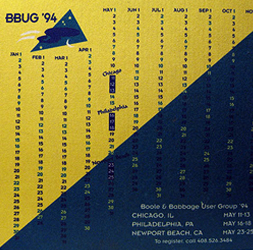
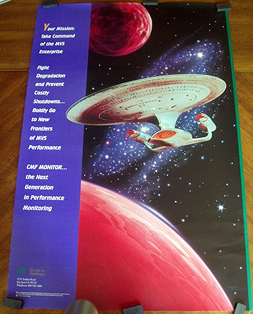
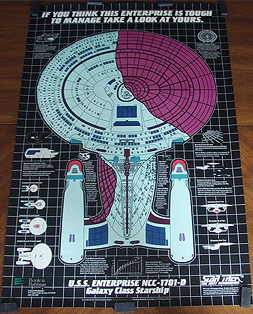
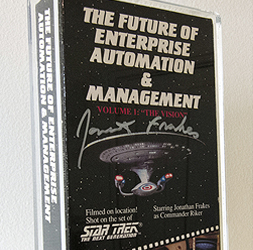
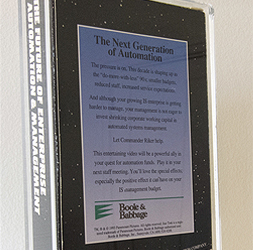
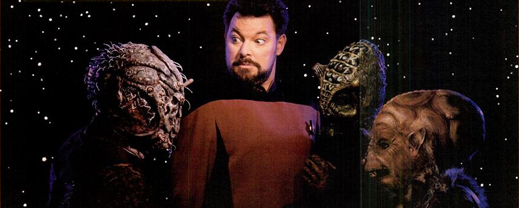
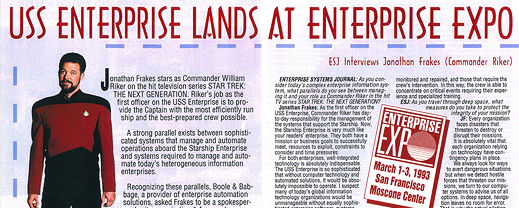
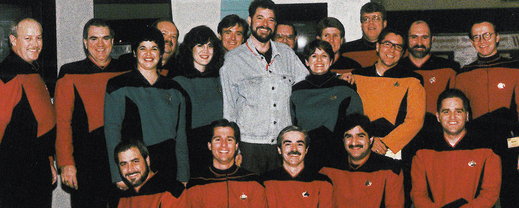
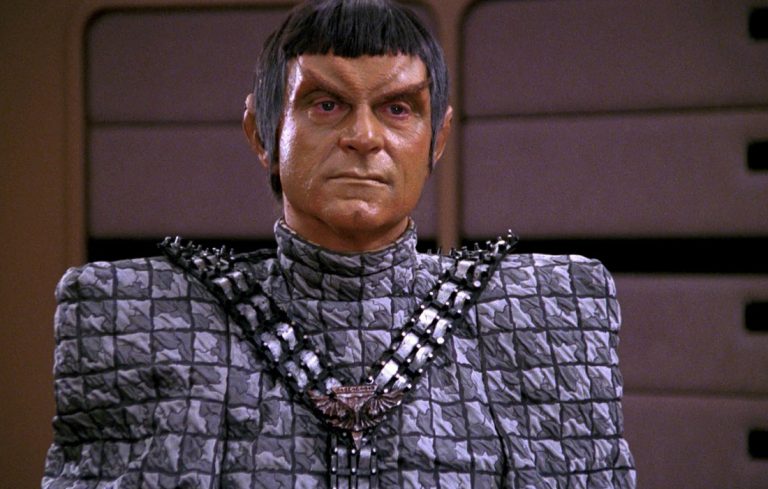
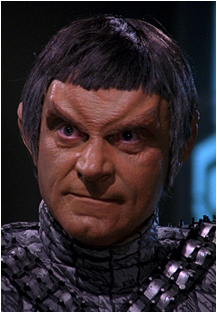 Here’s another entry in our ongoing
Here’s another entry in our ongoing 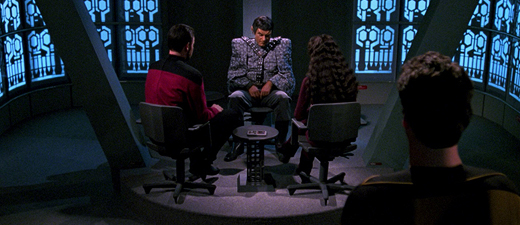
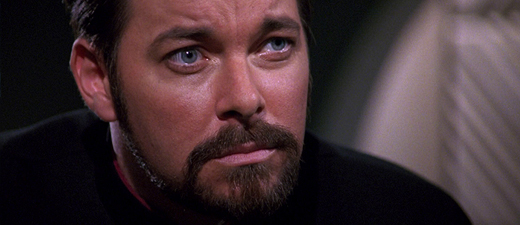
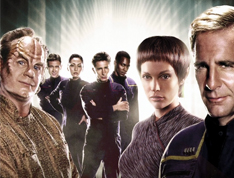
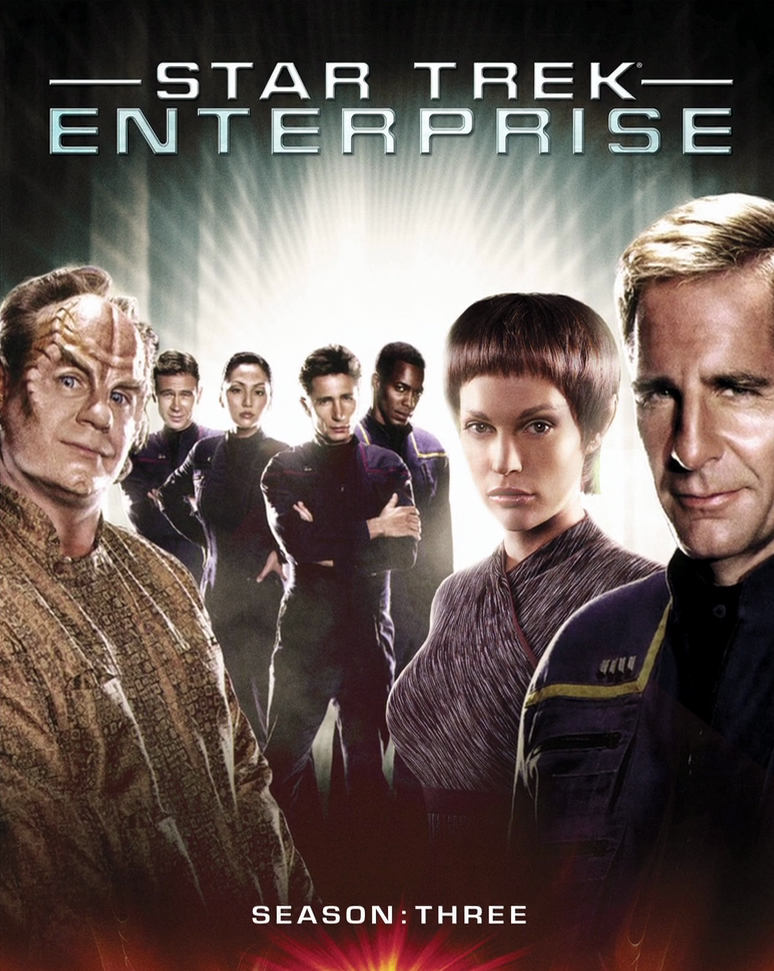

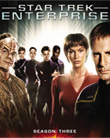
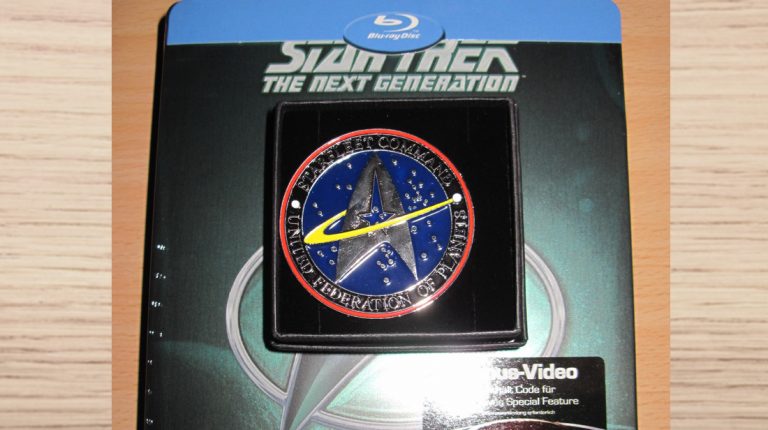
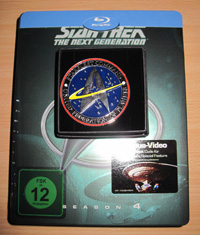
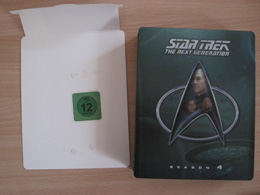
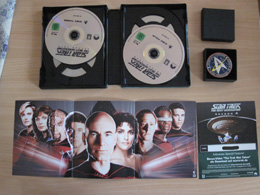
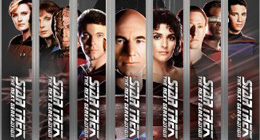
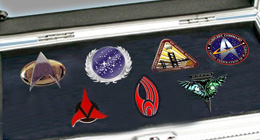
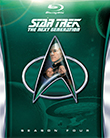
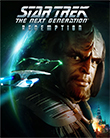

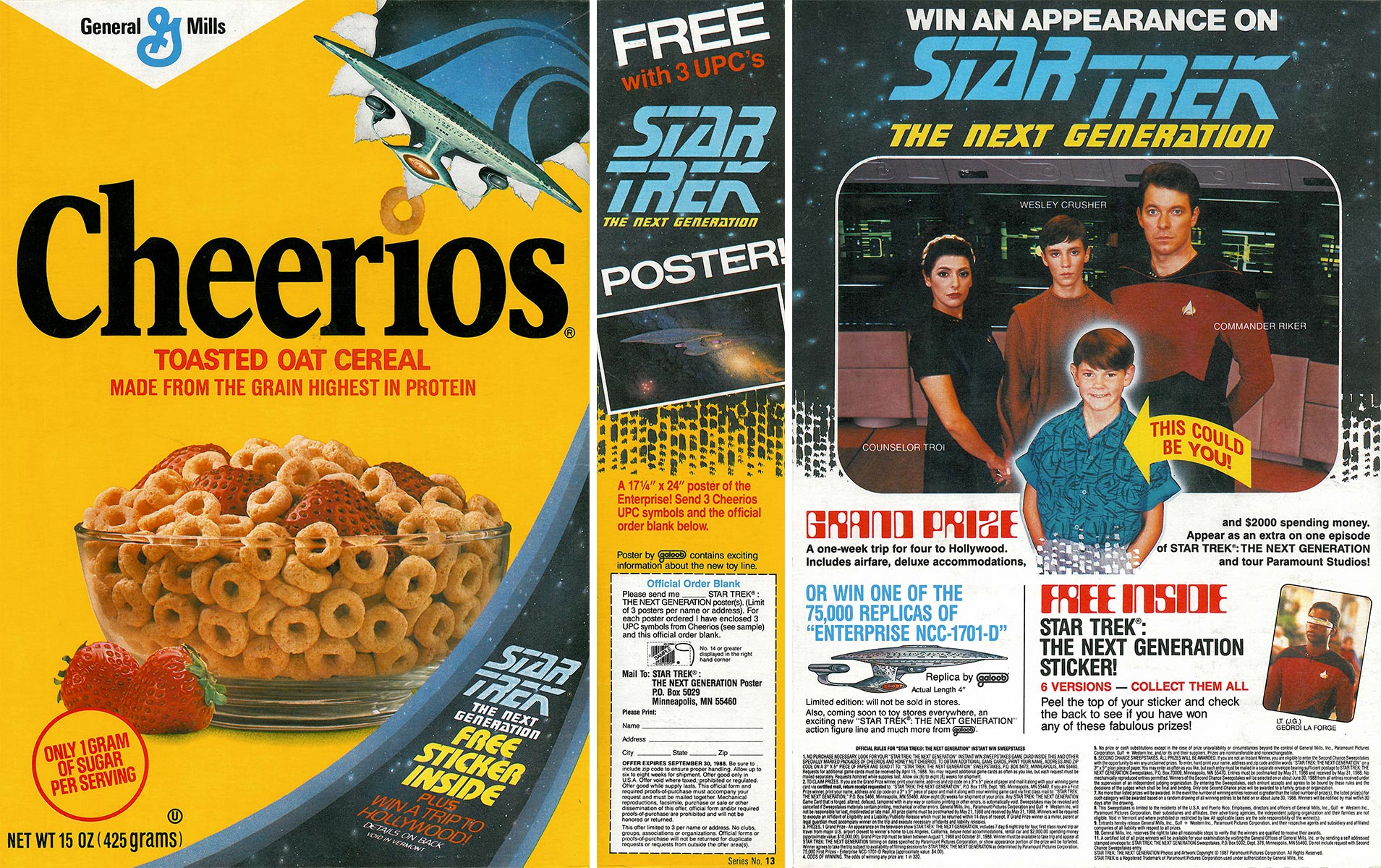
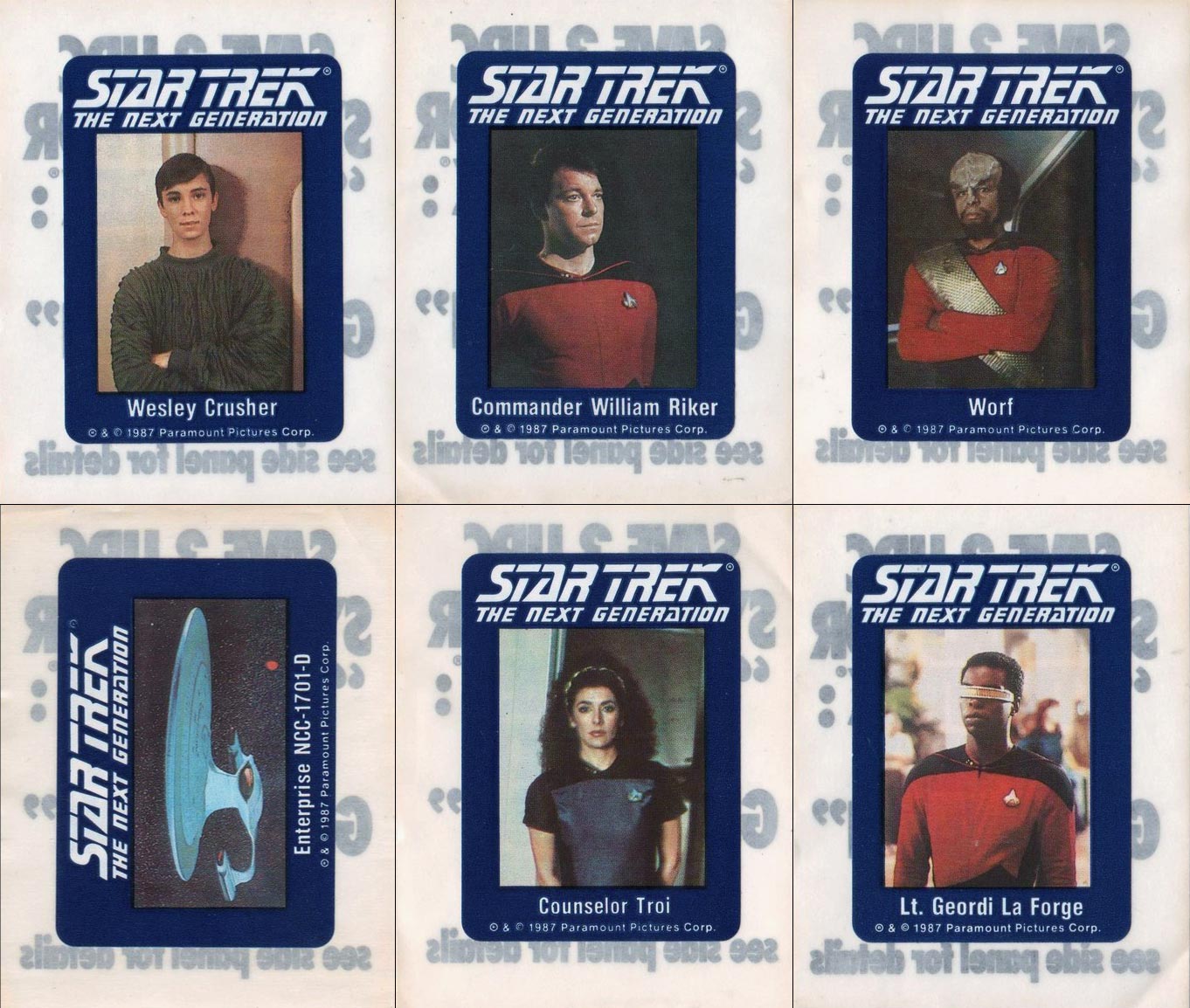
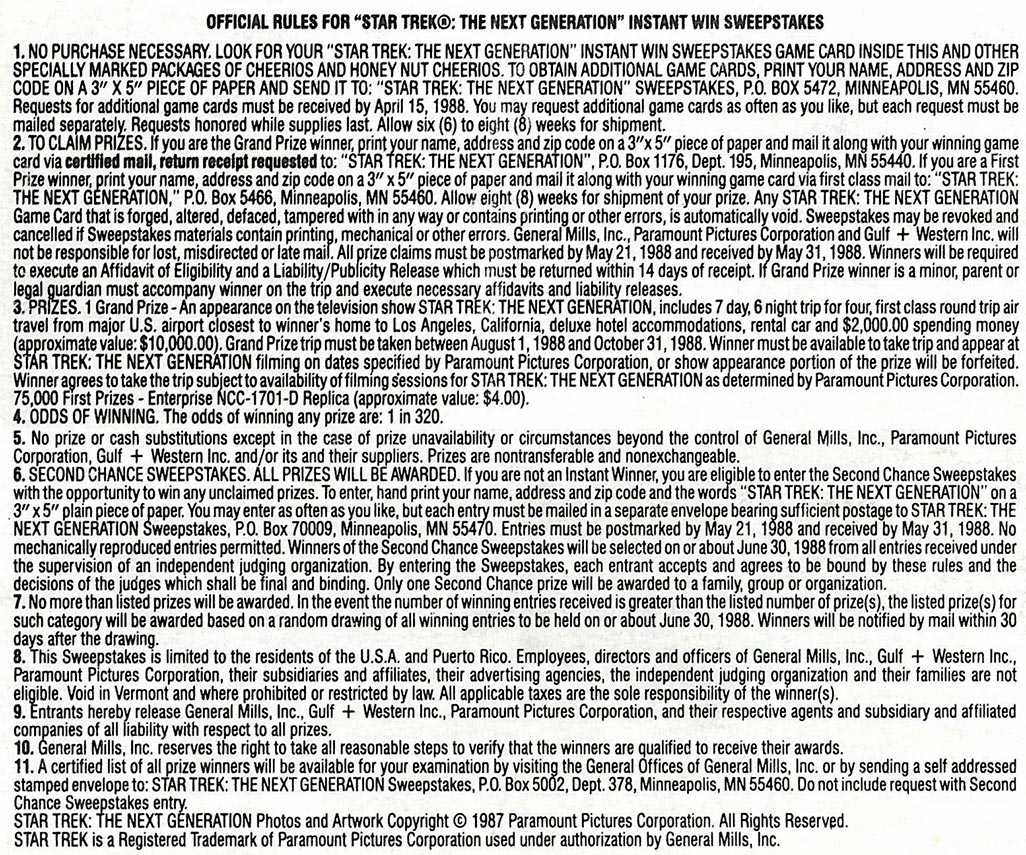
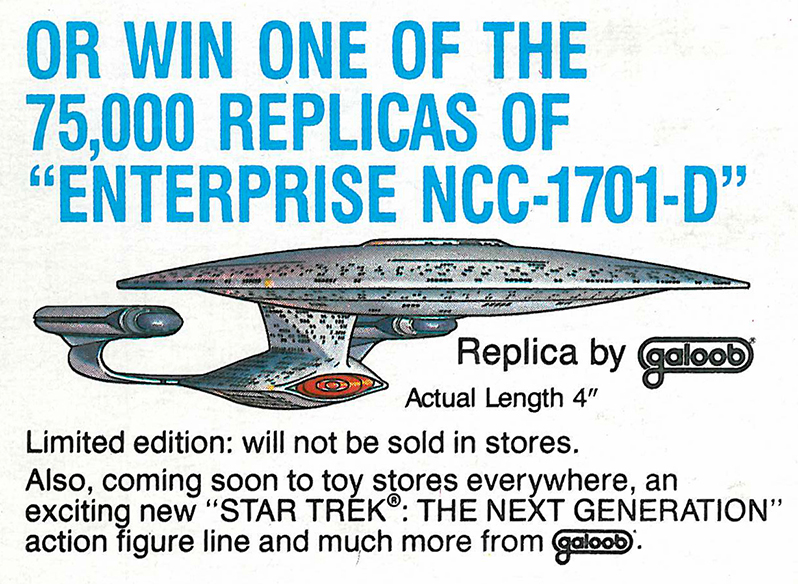

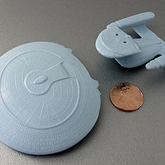
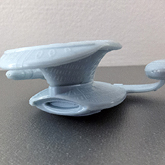


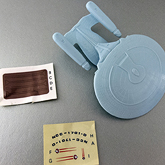
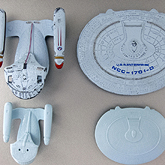
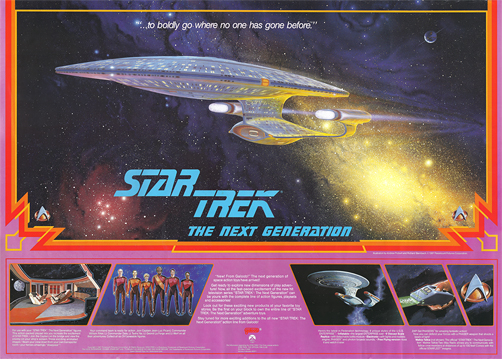
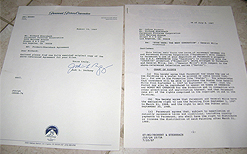
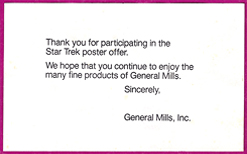
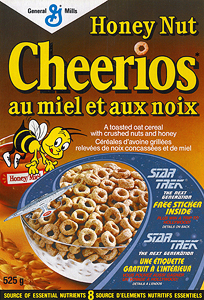

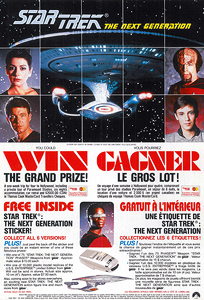

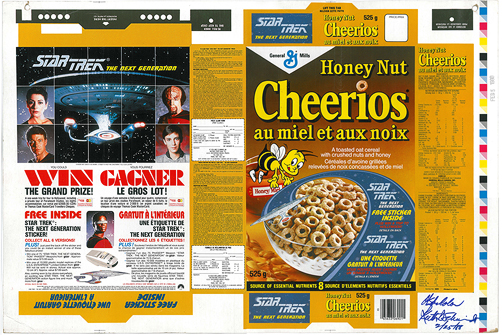
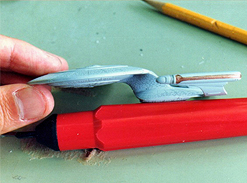
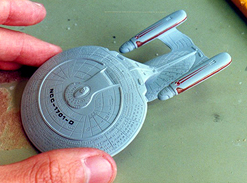


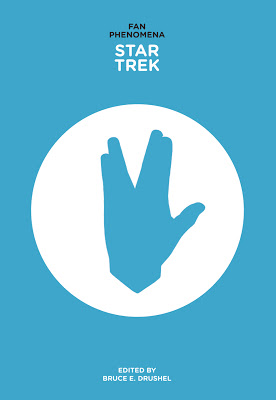
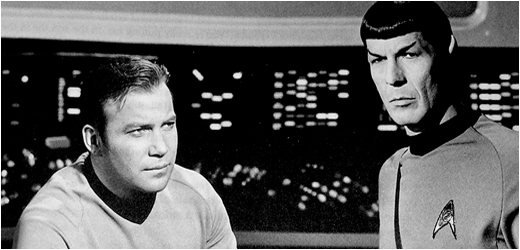
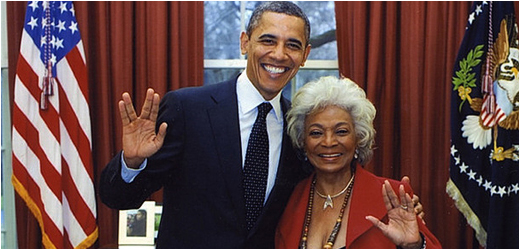 Star Trek fans can indeed be found everywhere!
Star Trek fans can indeed be found everywhere!